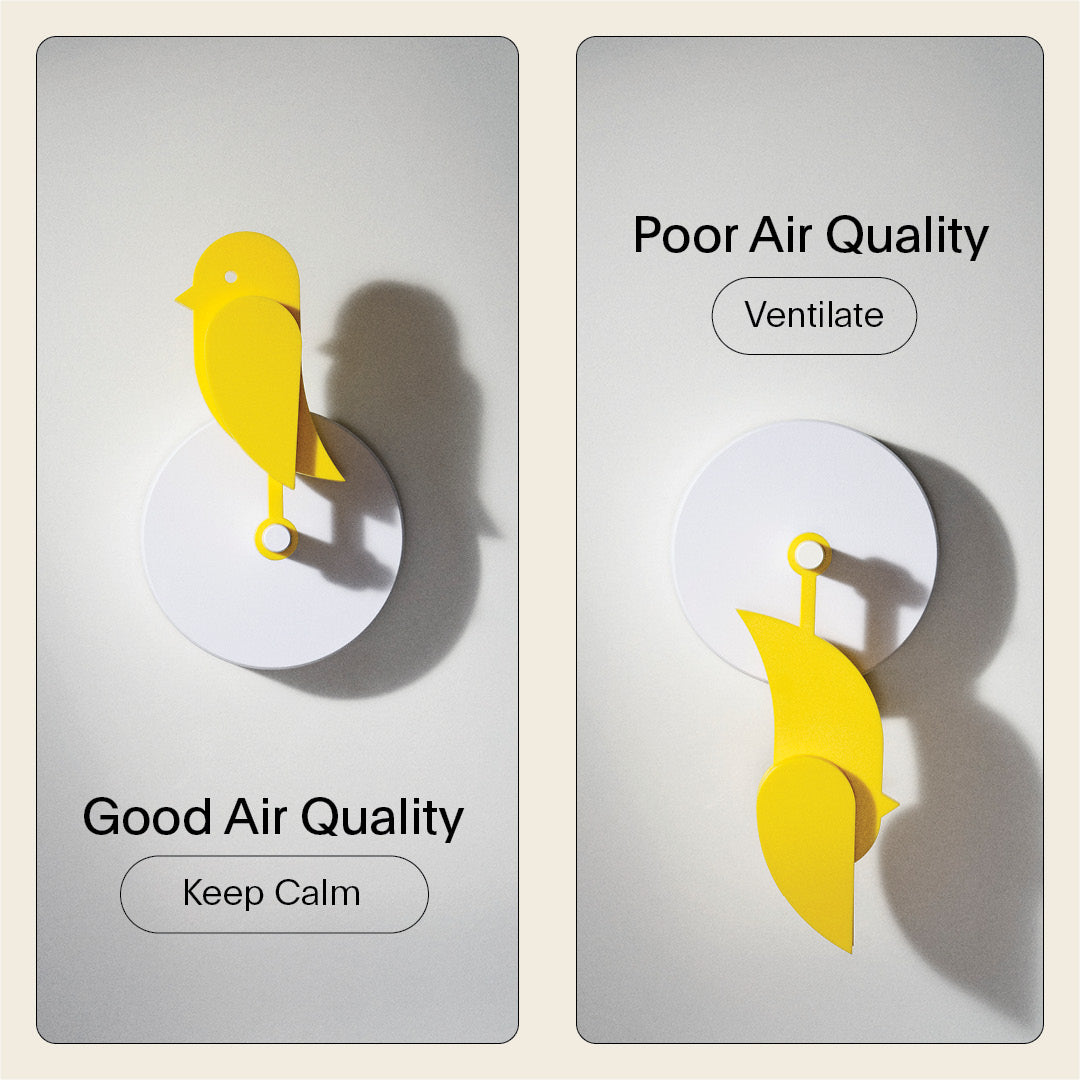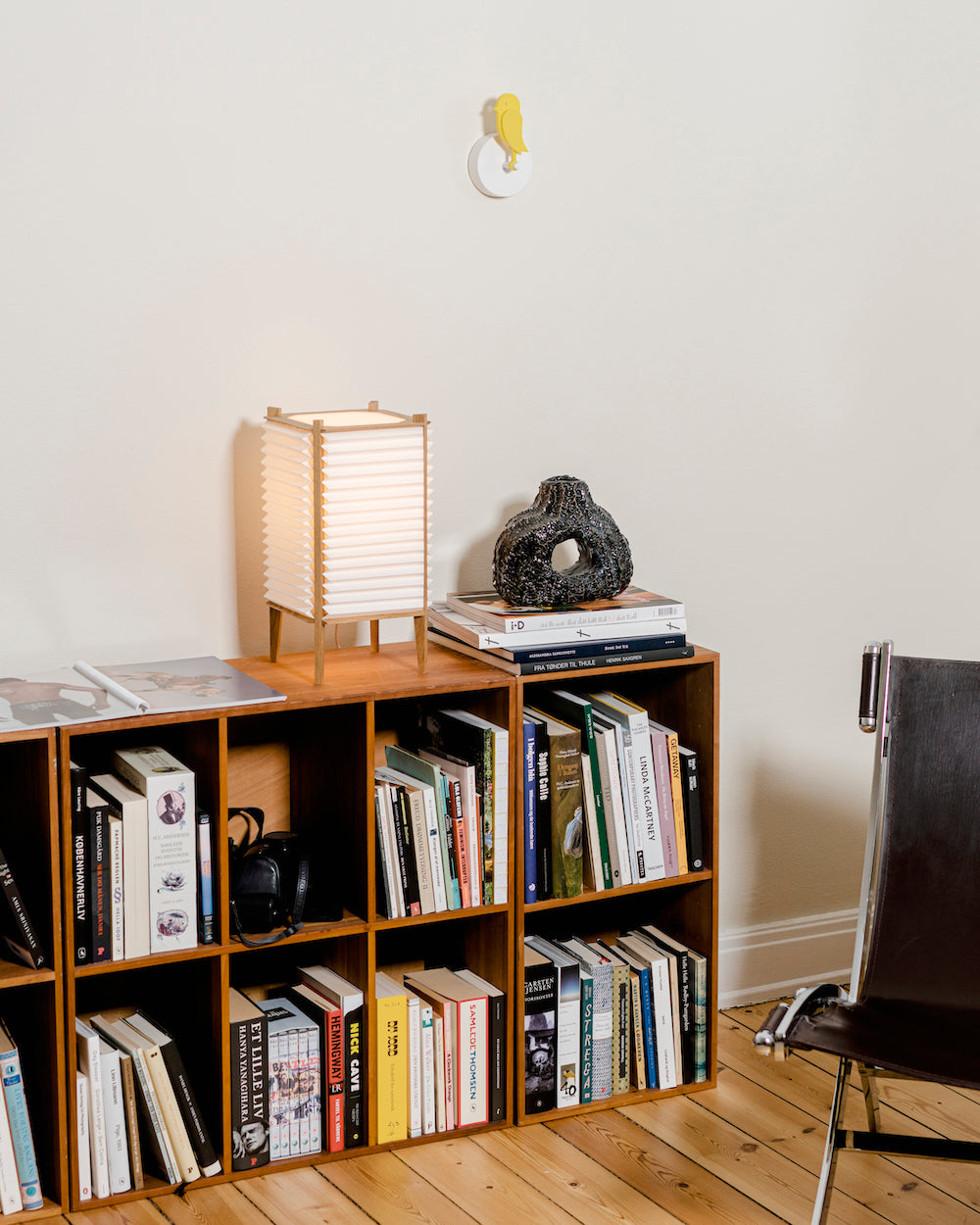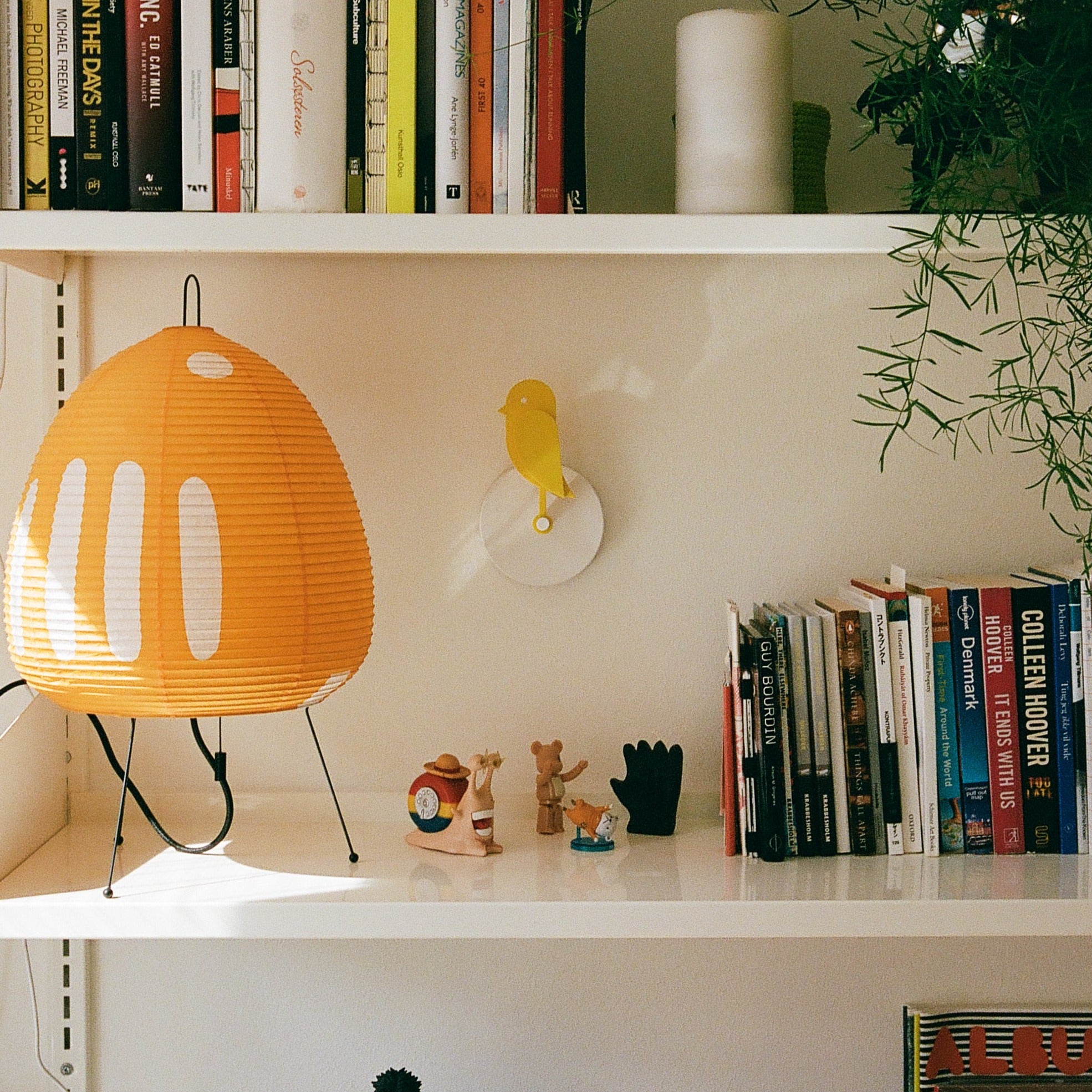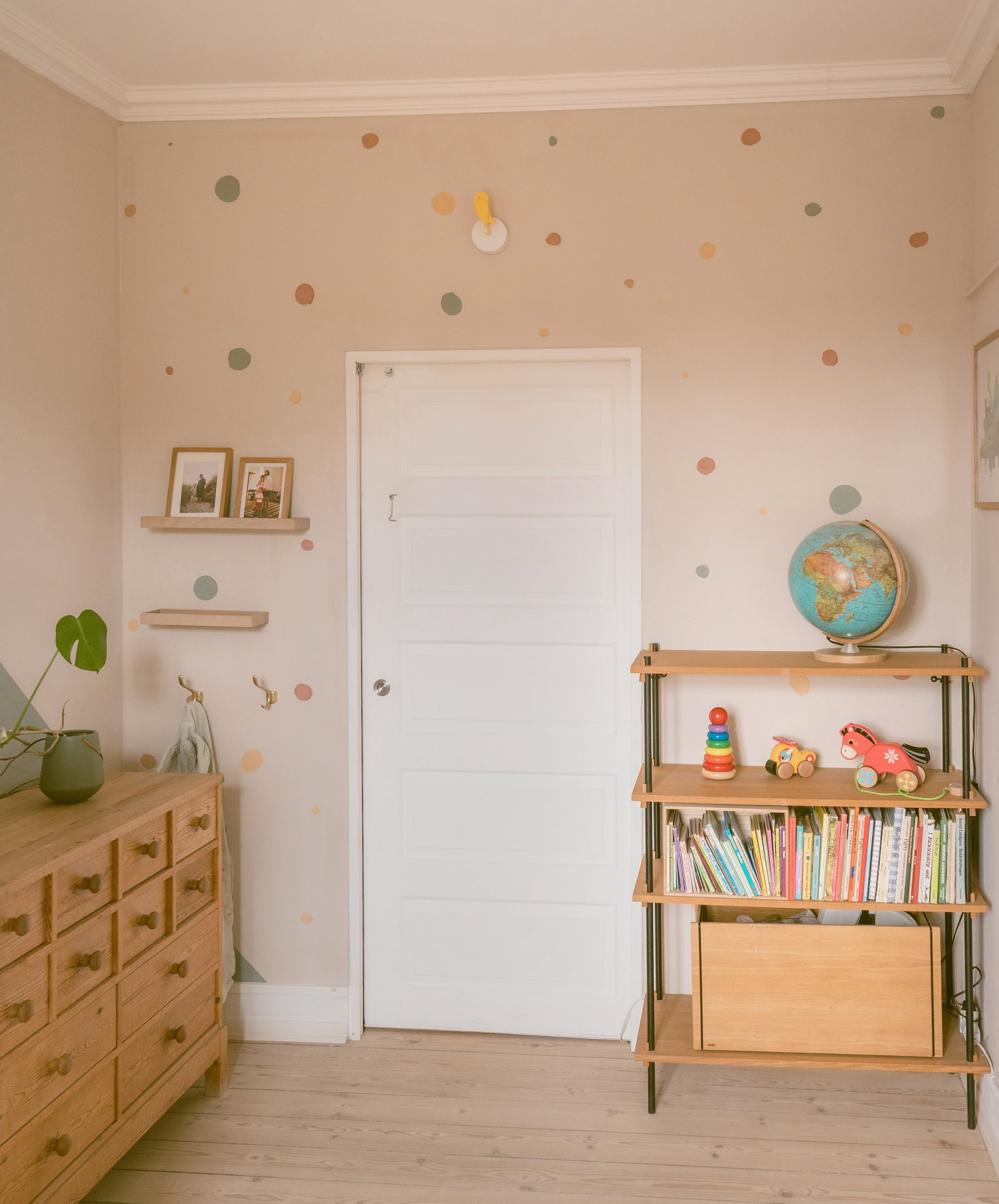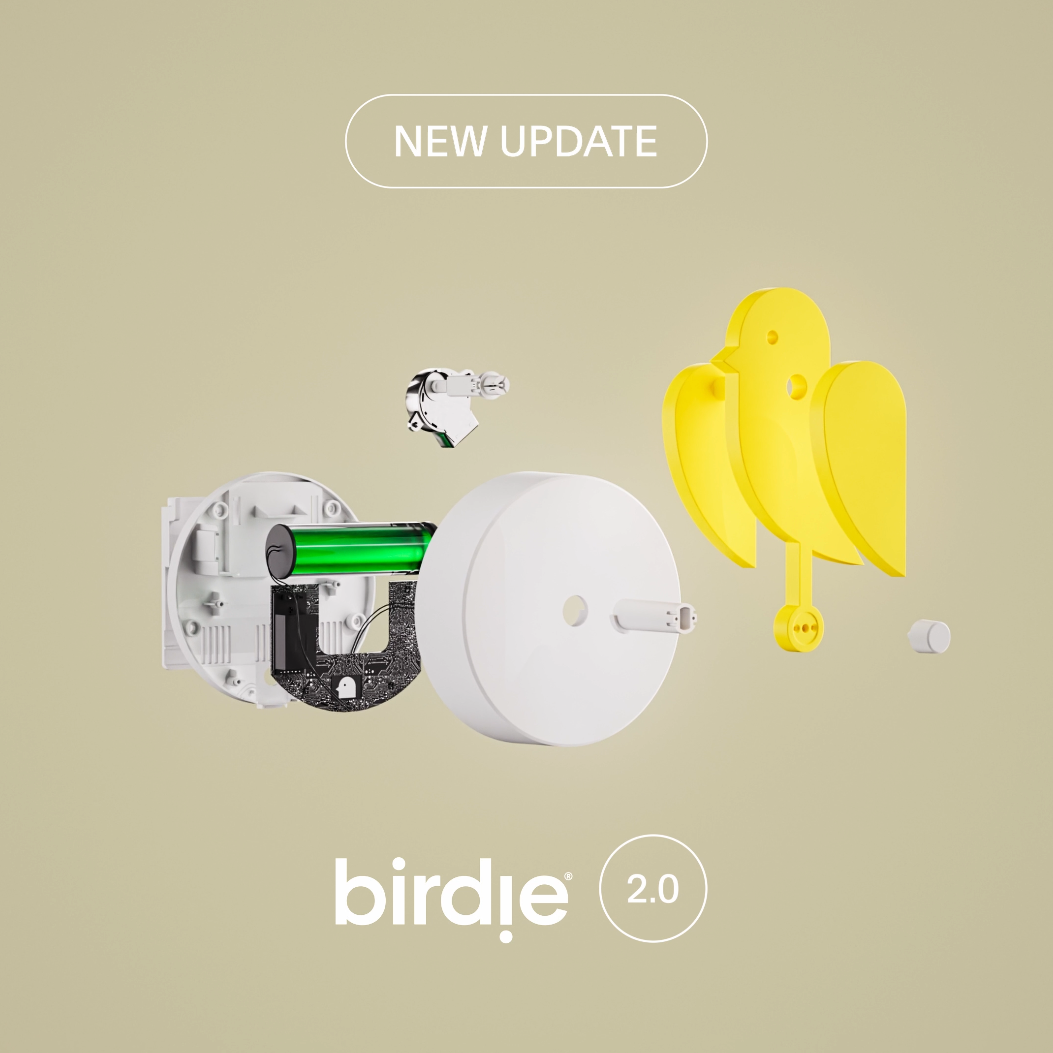Written by Hans Augustenborg
May 29, 2024 — 6 minute reading time

Indoor climate is a significant invisible problem, and far too many people don't give it the proper health focus.
In fact, leading indoor climate researchers argue that we should think about indoor climate in the same way as diet, exercise, and smoking.
The indoor humidity is crucial for a good and healthy indoor climate. Therefore, we'll take a closer look at what humidity is and how you can measure and improve it.
What is humidity?
Humidity is a measure of how much water the air contains.
The humidity in your home is of great importance to your indoor climate, and it should not be too high or too low. If it's too high, your home will be too humid - if it's too low, it will be too dry.
The optimal humidity
What is the optimal indoor humidity?
It depends on the season:
Winter - humidity below 40-45%
Summer - humidity below 60-65%
Ventilation is the best way to create the optimal amount of moisture in the air. Both the Danish Health Authority and the World Health Organization agree on this.
It may sound complicated to measure indoor humidity - but you don't really need to. If you ventilate enough every day, you usually stabilize the humidity in the air and create the right humidity.
High and low humidity can cause damage to your home
It's not good for you or your home to have too high or too low humidity. Both can cause damage to your home.
The consequence of too high humidity
Mold is one of the biggest problems that comes with too much moisture in the air. Mold can thrive in a humid environment.
If you want to avoid mold in your home, you should keep the humidity down.
Signs of too much moisture in the air
You can keep an eye out for several signs that the humidity is too high.
Keep an eye out for:
- Condensation on the inside of windows
- Stuffy and "moldy" smell
- Dark spots on walls
Low humidity - damage to woodwork
If the air is too dry, it can damage the woodwork in your home.
This applies to both wooden floors, doors, and frames, which can crack. Additionally, it can also damage other building materials in your home.
Dry air is typically a problem in winter - especially when there is hard frost - because cold air binds less moisture than warm air.
Humidity can impair your health
Both too low and too high indoor humidity can have negative consequences for your health.
Symptoms can include:
- Fatigue
- Dry and irritated mucous membranes (eyes, nose, and throat)
- Headache
- Dry skin
- Asthma and allergies
CO2 causes poor air quality
When we breathe, we deplete the air of oxygen and simultaneously exhale CO2, which fills the room - and significantly impairs air quality. This means that we breathe in "used air".
"CO2 is the most commonly used indicator of poor air quality in rooms where the major source of pollution is the load from individuals (people)" says indoor climate expert and sustainability engineer Nanna Sørensen.
The more people you are with in a room, the more CO2 you will emit. This lowers air quality and thus a healthy indoor climate.
Birdie collapses dead with too high CO2 levels
Birdie tells you immediately when the CO2 has reached a level that impairs the indoor climate.
Air is a crucial life condition. And when Birdie is suffocated in poor air filled with CO2, it collapses dead.
It's a signal to you that you need to ventilate. Fortunately, you revive it when you ventilate and replace the old CO2-filled air with fresh oxygen.
How to measure humidity?
The optimal humidity in your home doesn't come naturally. But how do you know that you have created the right conditions for air in your home?
Ventilation.
CO2 level and humidity - ventilation is the answer
The humidity of the air and the CO2 level are connected, according to experts.
CO2 is the major source of pollution in your home, but if you ventilate according to Birdie, you will almost always lower the CO2 level and at the same time achieve the right humidity.
If you instead ventilate according to humidity, you will often end up ventilating too little because it rarely exceeds the threshold values.
And then you risk breathing in an indoor climate with old, used, and CO2-filled air.
Birdie is not designed for wet rooms - but in the other rooms of the house, it will, according to the CO2 level and ventilation, help maintain the moisture in the air at the right level.
3 pieces of advice for the right humidity in your home
Here are 3 important pieces of advice for optimizing indoor humidity
1. Ventilate with cross-drafts
To ventilate properly, you also need to ventilate correctly.
You do this by creating cross-drafts 3 times a day for 5-10 minutes. Open a window on each side of the room - it's no use opening just one or leaving the window slightly ajar for a long time.
It only takes a few minutes with cross-drafts - Birdie will show you that too when it stands tall on its branch again.
Many ventilate for too long with the windows open for hours or even a whole day. It can cool the walls too much and be costly for the heating bill.
2. Maintain roughly the same temperature in all rooms
Do you have a room in your home that you rarely use? Then it may be tempting to avoid heating it.
But that's a bad solution for your indoor climate.
When heat from the other rooms seeps into the cold one, the humidity will quickly rise. It can cause condensation, which settles on wallpapers and windows.
3. Ventilate extra well in the bathroom
To maintain a healthy humidity, it's important to ventilate extra well in wet rooms such as bathrooms and laundry rooms.
Steam and moisture from both the shower and the washing machine/dryer will cause the humidity in the air to rise. Therefore, it's also important that you close the doors to the rooms and turn on the ventilation system (if you have one) and open the window wide.





